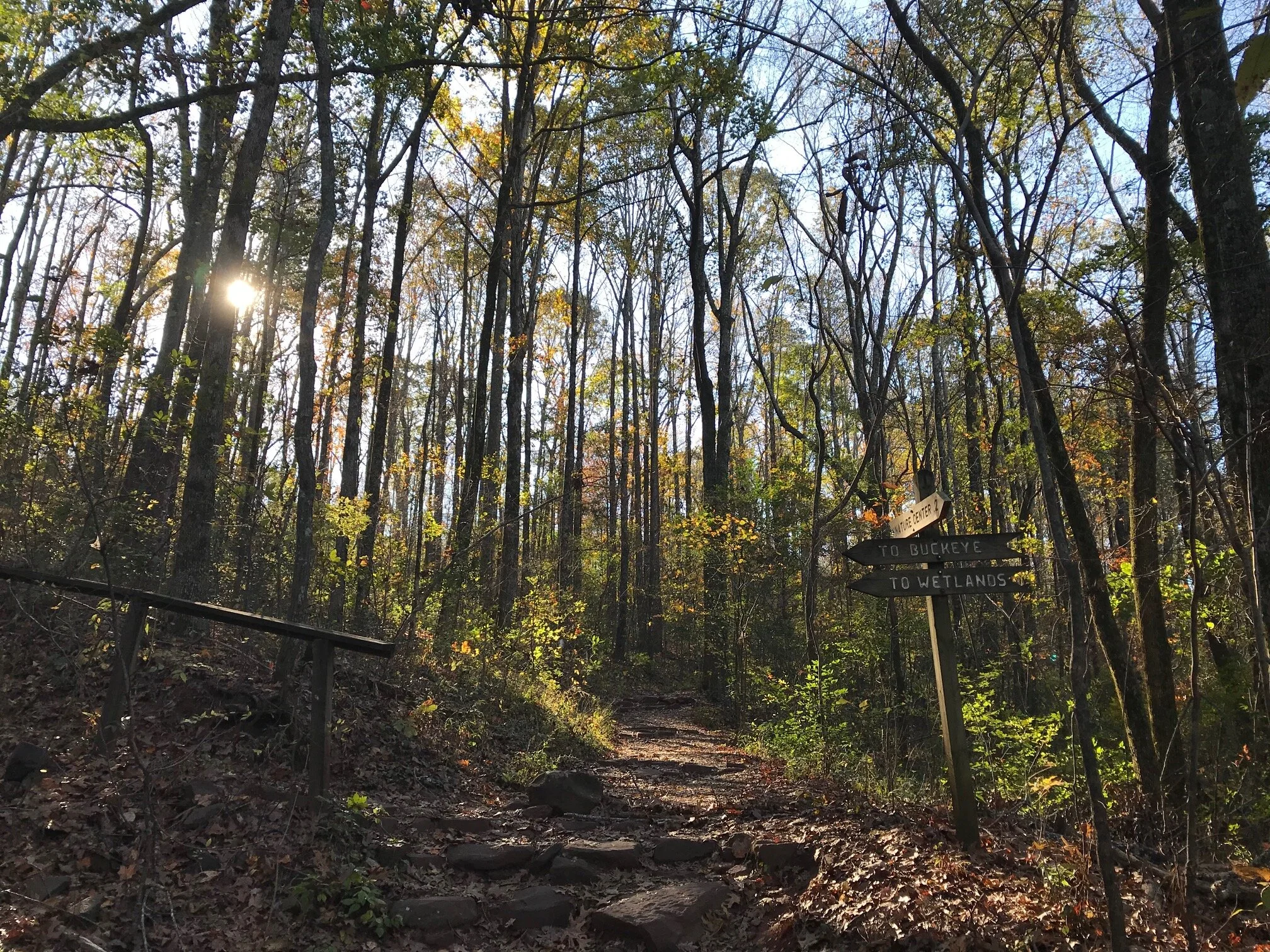Heavenly Bamboo/Nandina (Nandina domestica)
Photo by Michelle Reynolds
During the winter, some invasive species are easy to spot.
A common invasive plant we see on the mountain is heavenly bamboo/nandina (Nandina domestica). Its bright red berries may be pretty, but there is nothing heavenly about them. Birds are tempted to eat the fruit, and as the berries travel through a bird’s gut, the seeds are scarified by digestive acids and deposited from the other end along with a little fertilizer package.
These plants are harmful to our ecosystems and a poison apple to birds. The seeds contain small amounts of cyanide, and when consumed by species of birds that gobble up lots of berries (like cedar waxwings or robins), the consequence can be deadly.
We know how this plant escapes cultivation, so it is up to us to make wise choices for our landscapes. You can help keep nandina out of the forests by:
1) Not planting them in your yard.
2) If it is in your yard, replace them with native or well-behaved non-invasive species such as evergreen blueberry (Vaccinium darrowii), wild rosemary (Conradina canescens), or dwarf rhododendron (Rhododendron minus) to name a few.
3) Be sure to clip the berries so the plants don’t escape to nearby woods or kill birds.













